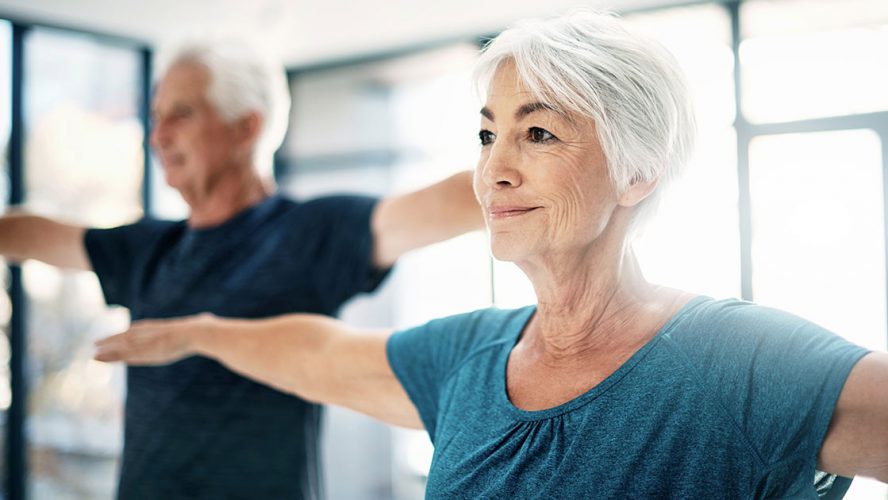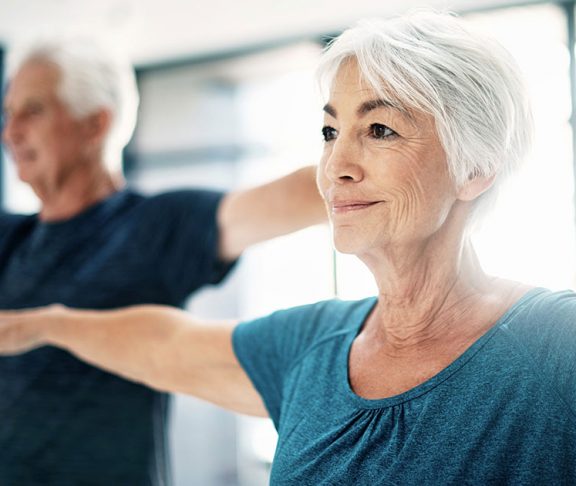Hundreds of thousands of people now survive serious strokes that formerly would have killed them. As medical treatments improve, the stroke survivor population continues to grow.
In spite of these successes, stroke remains a leading cause of lifelong disability. Stroke survivors often become physically inactive, depressed and progressively weaker, which can lead to recurring strokes and costly illness.
Finding the formula
Exercise plays an important role in a healthy life for everyone. But for someone who has survived a stroke or other brain trauma, exercise is vitally important. If they can exercise regularly, stroke survivors can live a normal lifespan and have happier and more productive lives, with fewer acute stroke-related incidents.
Finding the right exercise formula can be a challenge. Standard fitness options designed for normally-abled people may not accommodate a stroke survivor’s specific physical, neural and emotional challenges. Stroke survivors may choose to work with a personal trainer who specializes in adaptive exercise or design their own home exercise program. Adaptive exercise facilities and stroke-survivor fitness classes help survivors grow stronger and become more confident.
Growing strength and community
Adaptive exercise improves strength, reflexes, coordination and balance. Peer engagement and support found in stroke survivor fitness classes improves brain activity and speech in addition to strength.
Walk into a stroke survivor fitness class and you will see colored balls, soft Frisbees or beach balls flying through the air. Class members call out to each other to catch or hit what is coming their way. They are challenged verbally as well as physically. What can look like happy chaos is actually the warm-up portion of an exercise program developed specifically to address the physical, speech and cognitive needs of a stroke survivor.
Later in the class you will see people doing squats, pushups and movement with weights held in both hands to involve the stroke-affected side of their body. Class exercises work the whole body and the brain. The room is never quiet. Participants are expected to talk, count and especially think throughout the class — even during the end-of-class stretch.
Taking charge of recovery
Innovative, interrelated movement routines combine speech, action, memory and often music. Class members think and speak as they move. Exercises that combine movement and speech help people with stroke-caused aphasia improve at simultaneously moving and speaking.
Participants report feeling stronger and more flexible, and classes have been shown to improve resiliency and self-efficacy. This model for community-based, adaptive fitness programs takes survivors out of hospital and clinical environments and gives them the opportunity to take charge of their health and futures.
Whether a survivor works with an adaptive exercise specialist, develops an in-home program or attends a peer-centered class, exercise is essential for a long and healthy life.

